“Every company should foster a “test and learn” culture where teams are free to test new ideas and technologies and not be afraid to have them fail, as failure educates us as much as success,” says Nitzan Shaer, Co-Founder and CEO, WEVO, in an exclusive interview with TalkCMO.
TCMO Bureau: What technologies can brand leverage to identify why users are not engaging with their platforms?
Nitzan Shaer: It’s always been essential for brands to understand how to meet customer expectations. But it became more urgent as the Covid-19 pandemic forced most of the population online. McKinsey reported that the use of ecommerce in the U.S., previously forecast to reach 24% by 2024, increased from 17% adoption to 33% adoption in just two months during 2020. This intense migration to digital is not a trend. It’s here to stay and has altered customer expectations for good.
There are many technologies for understanding how and why customers are engaging (or not) with a digital experience. While technology is important, the process is also important. And when it comes to measuring customer engagement, it’s key to start the process long before you go live with your website or product.
Qualitative methods like focus groups and interviews are valuable in early-stage concept formation. However, while they provide valuable insight into visitor mindset, for most marketers, these are expensive and time-consuming and require weeks of both setup and then analysis.
Quantitative surveys provide an opportunity for concept validation, however, survey takers generally provide a rational response to the stimuli and do not provide the emotional response or reaction that marketers need. Surveys are difficult to create and run and can take weeks from start to analyzed results.
Because of the investment required in both time and resources (whether conducted internally or by contracted consulting or agency services), these methods are not often used by digital marketers — and when used, they are often reserved for the biggest risk opportunities.
Faster, more accessible methods such as user tests (video playback) can also provide some insight and can be useful in early phases, when designers or marketers are looking for the big speed bumps that can trip up users. However, to reach actionable insights, teams need these methods, which require hours of watching and re-watching the tests and then synthesizing results.
Also Read: Traditional Marketing or Modern Conversation Marketing – What Works Better?
A/B testing and Click Tests (on live sites) provide valuable information on how digital marketing performs in the wild. However, they fail to offer insight into why visitors act the way they do, and even more importantly, why they leave the site: whether because the product is too expensive, confusing, or that they were hoping to find additional information and didn’t, or because the product didn’t “feel” right for them. These are critical ways to measure success but should be used in conjunction with testing before going live to both understand the why, and to make improvements ahead of developing and launching the creative.
AI and automation offer new ways of doing user research that combines both the significance (accuracy) and insight (emotional response) human-augmented AI methods can take away the heavy lifting that most other methods require by automating tests, theming and analyzing the qualitative response, and benchmarking and measuring against large data sets: offering fast, accurate, and synthesized insights for marketers.
TCMO Bureau: AI can be the marketers’ Holy Grail. WEVO uses it for platform efficacy audits. What else do you think it can help with?
Nitzan Shaer: AI is a powerful tool in the marketers’ toolbox. It can take on the heavy lifting of user research, reducing hundreds of hours of human effort to just minutes. For example, AI can ingest, code, and theme user research data exponentially faster than a human ever could. While a person would spend weeks reading through user responses, manually finding and analyzing trends within the data, AI can pinpoint those trends in hours, and process them in an instantly understandable way.
WEVO’s platform uses what we call “human-augmented AI” to do pre-launch testing. In short, you upload your web page or journey and WEVO creates a lookalike panel of 100+ people. The AI technology scores and analyzes the audience responses. It then offers recommendations. Here you’re not just getting responses (qualitative), you’re also getting insights about why the responses happened (quantitative). The rest is up to the CX/UX researcher.
This is why we think AI is not a silver bullet and should be “human augmented”. AI works better when it’s paired with human perception. It does not replace the intuition of actual researchers. People are masters at understanding context and will be able to assess AI-generated insights and then make the necessary revisions to website navigation, product design and brand messaging that will help drive business.
TCMO Bureau: How can brands reduce the risk and optimize new campaigns associated with their product launches?
Nitzan Shaer: Again, I think the key is to start testing early before launching your website or product. This is the best way to ensure that the digital experience will resonate with the target audience before it goes live. If you optimize after launching, you’ll be iterating slowly in front of live traffic. This will cost you revenue over time.
Make sure user research is a foundational part of your development process. This way you can be guided by user feedback every step of the way. Start early with user testing even in the concept phase and validate with statistically significant research before launching. You should continue testing after launch against the competition to make sure you always know what your customers expect from you and that you are delivering on those expectations.
Also Read: Most Digital Experiences Do Not Impact Consumer’s Purchase Decisions
TCMO Bureau: What steps can brands take to deliver seamless customer experiences that will increase their ROI?
Nitzan Shaer: In addition to testing and validating digital experiences pre-launch, I recommend that leaders spread this mentality across the company. Every company should foster a “test and learn” culture where teams are free to test new ideas and technologies and not be afraid to have them fail, as failure educates us as much as success.
Not only will experimentation lead to new innovative ideas, but it will help a company understand how to measure success and failure and determine which KPIs matter. I think this will lead to a more efficient company where everyone is thinking in terms of the customer journey and how to meet customer expectations consistently through testing. This kind of mindset can’t help but have a positive effect on the bottom line.
[vc_column][vc_tta_tour][vc_tta_section title=”Nitzan Shaer” tab_id=”1602598322051-0408cb00-0e1c”][vc_column_text]
Nitzan Shaer is co-founder and CEO of WEVO, a technology startup that leverages machine learning and customer insight to help marketers optimize website conversion – in days rather than months. Previously, Nitzan was the co-founder and Managing Partner at High Start Group, a product innovation consulting firm that was twice awarded ‘Fastest Growing Company’ by Inc. 5000. Before High Start Group, Nitzan founded and led the Mobile Group at Skype, bringing Skype to mobile phones in over 126 countries, resulting in the sale of the company to eBay. Nitzan also served as an Entrepreneur in Residence at Flybridge Capital Partners, helping lead multiple investments.
[/vc_column_text][/vc_tta_section][/vc_tta_tour][/vc_column]
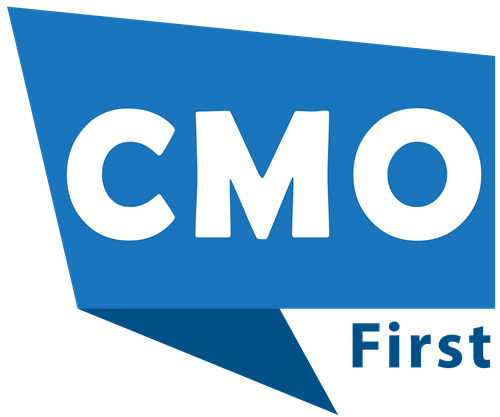





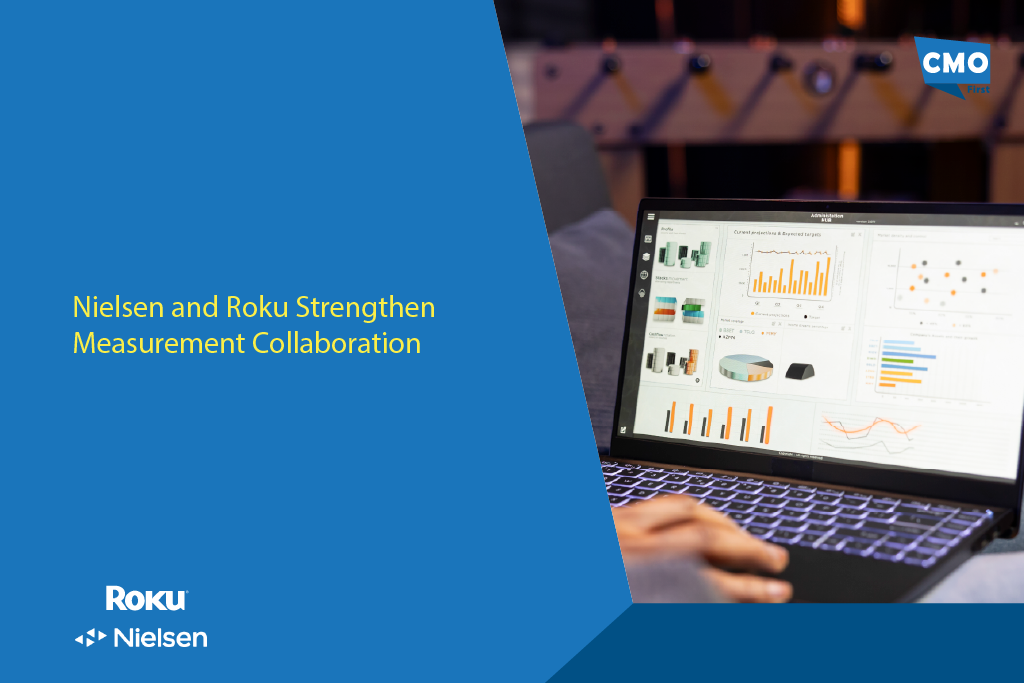

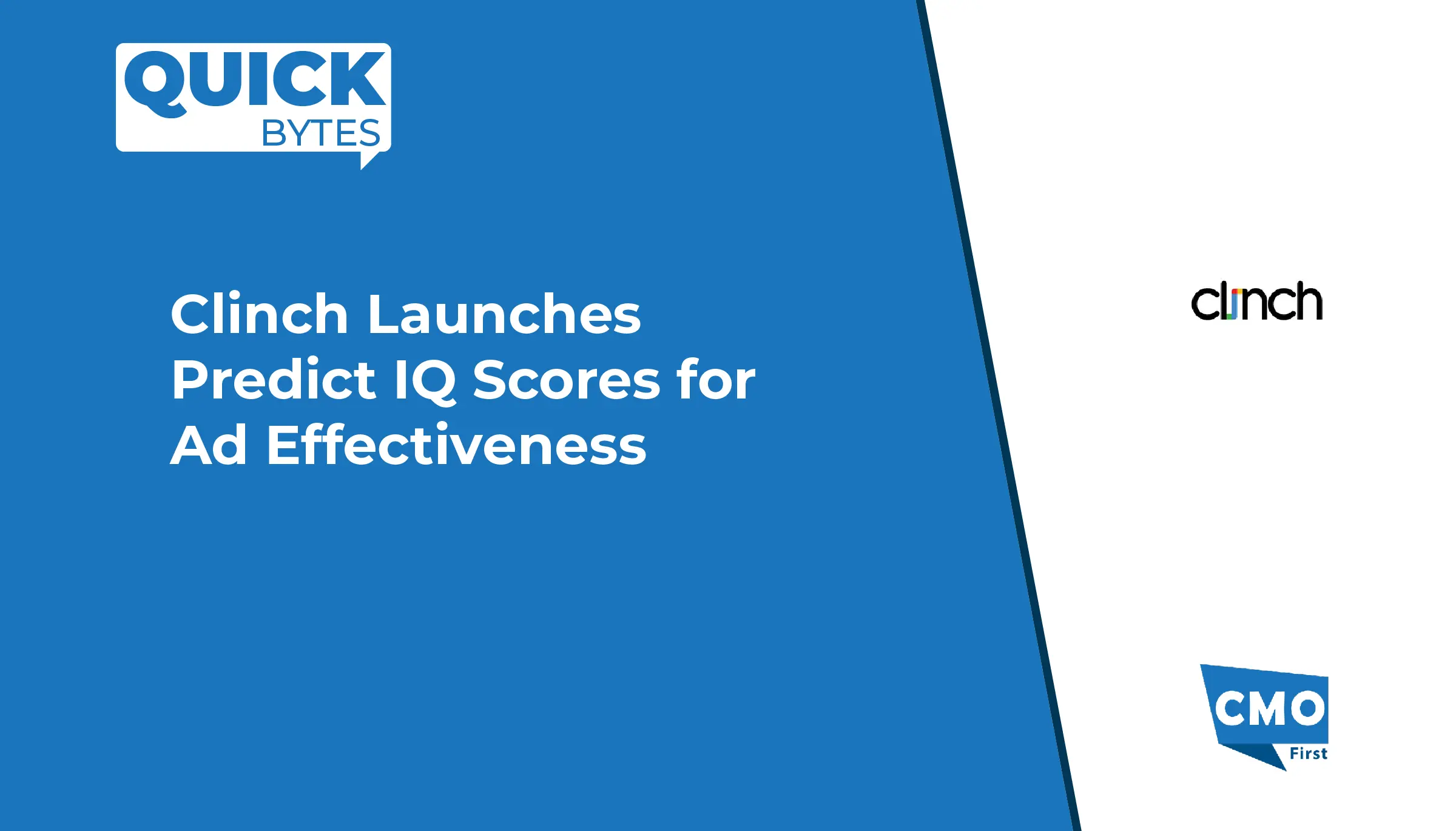

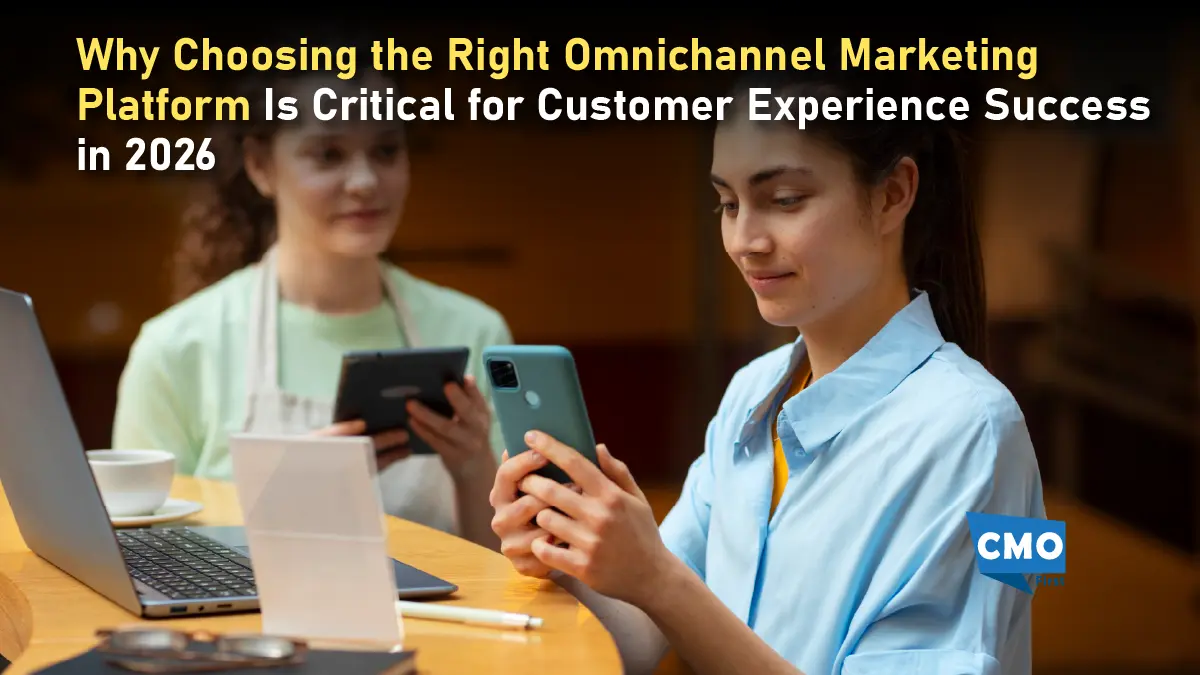
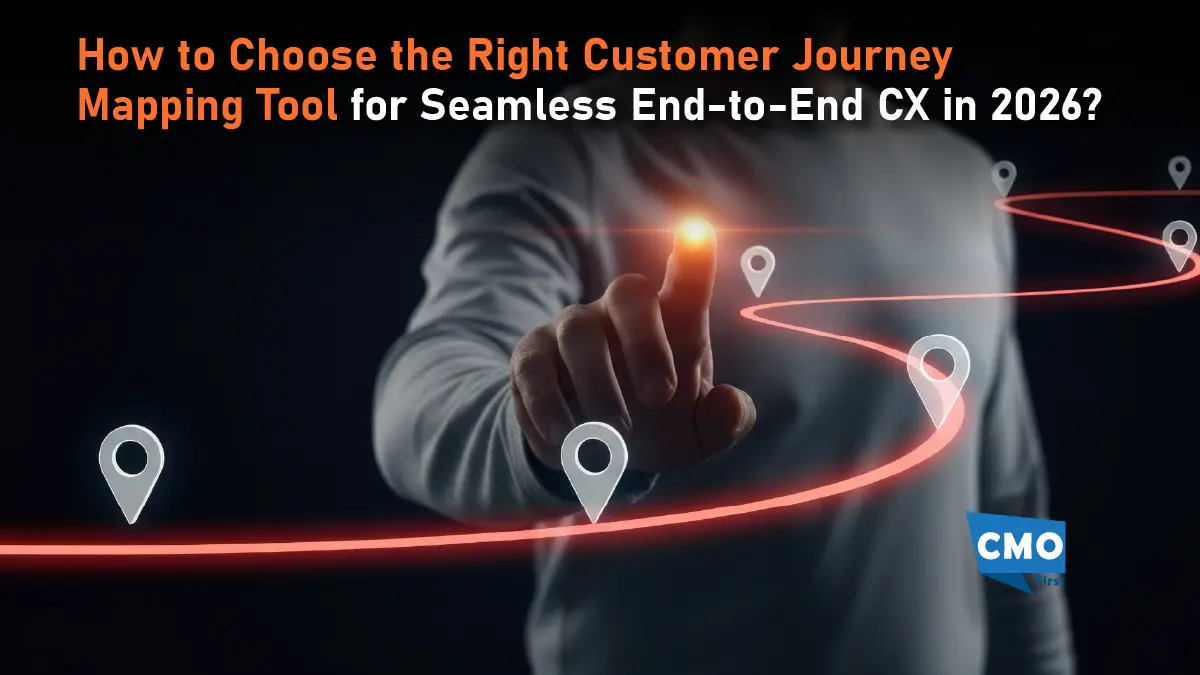
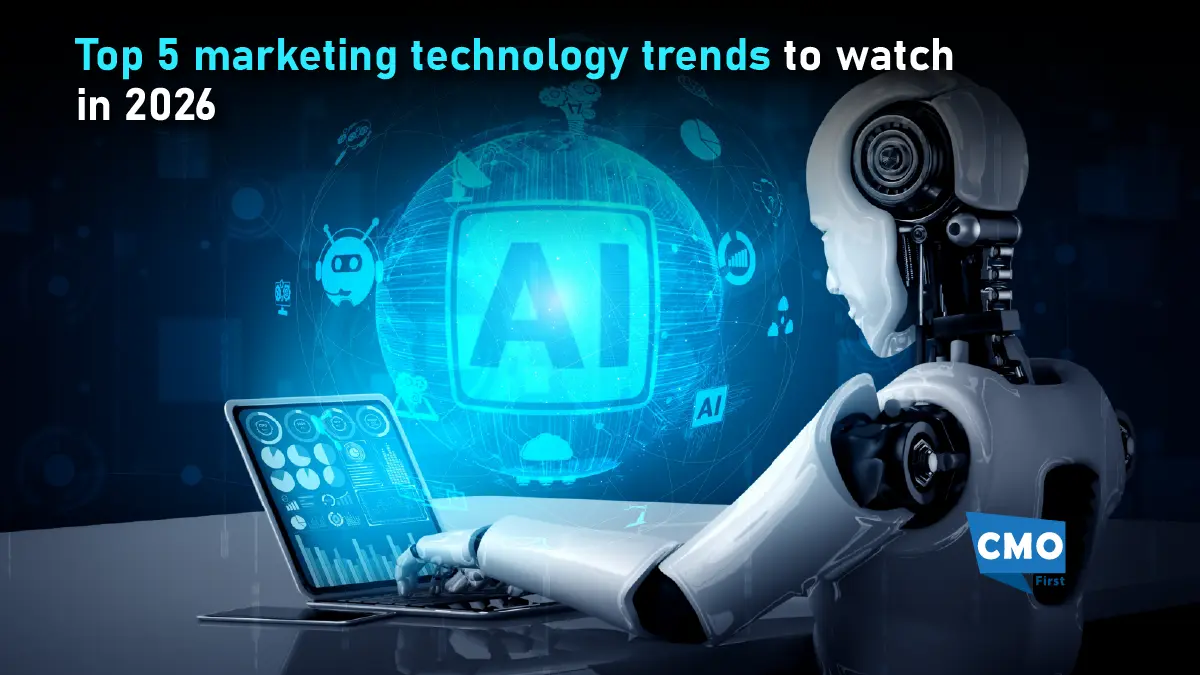
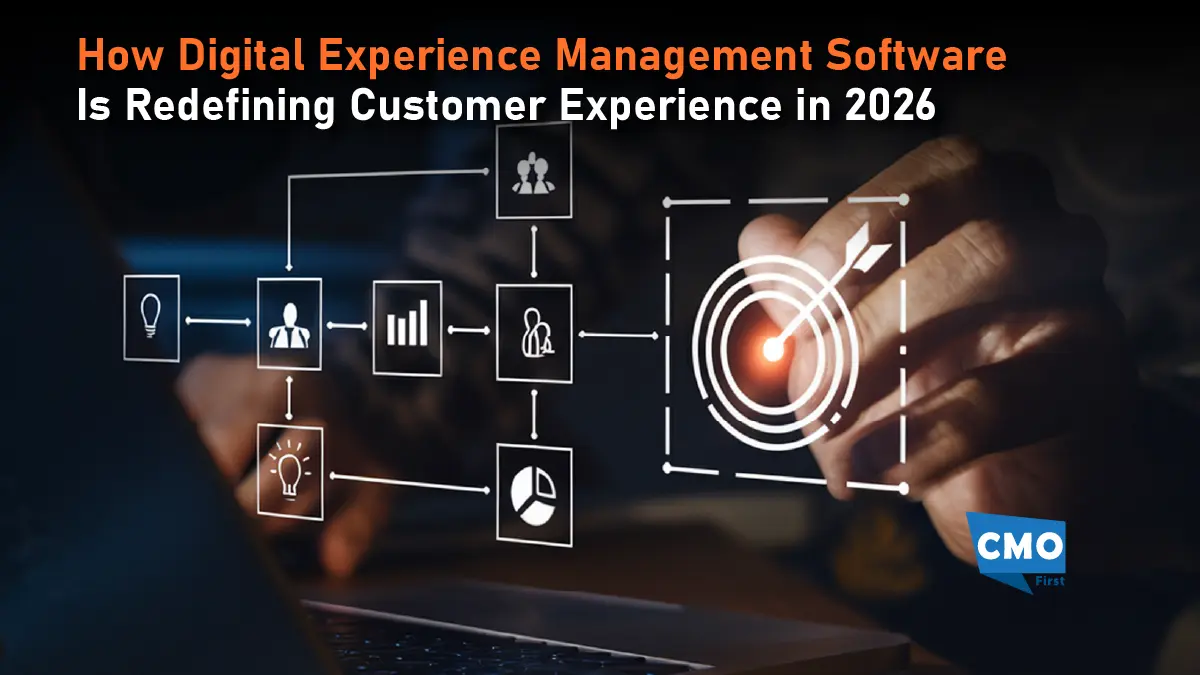
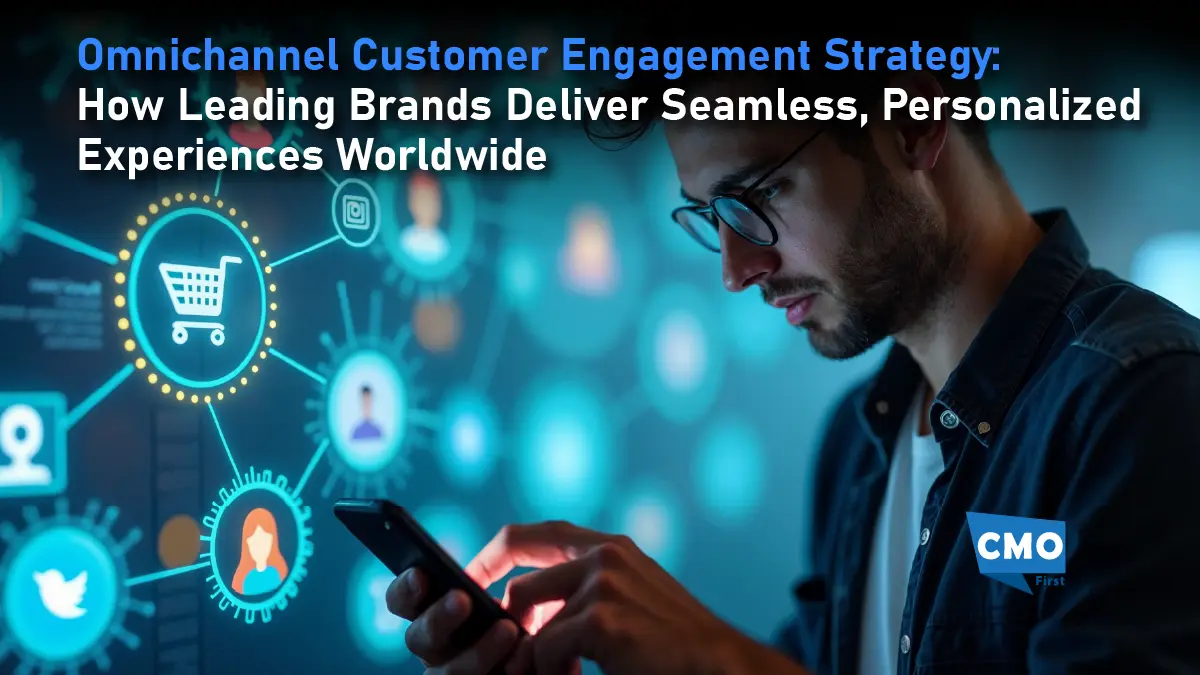

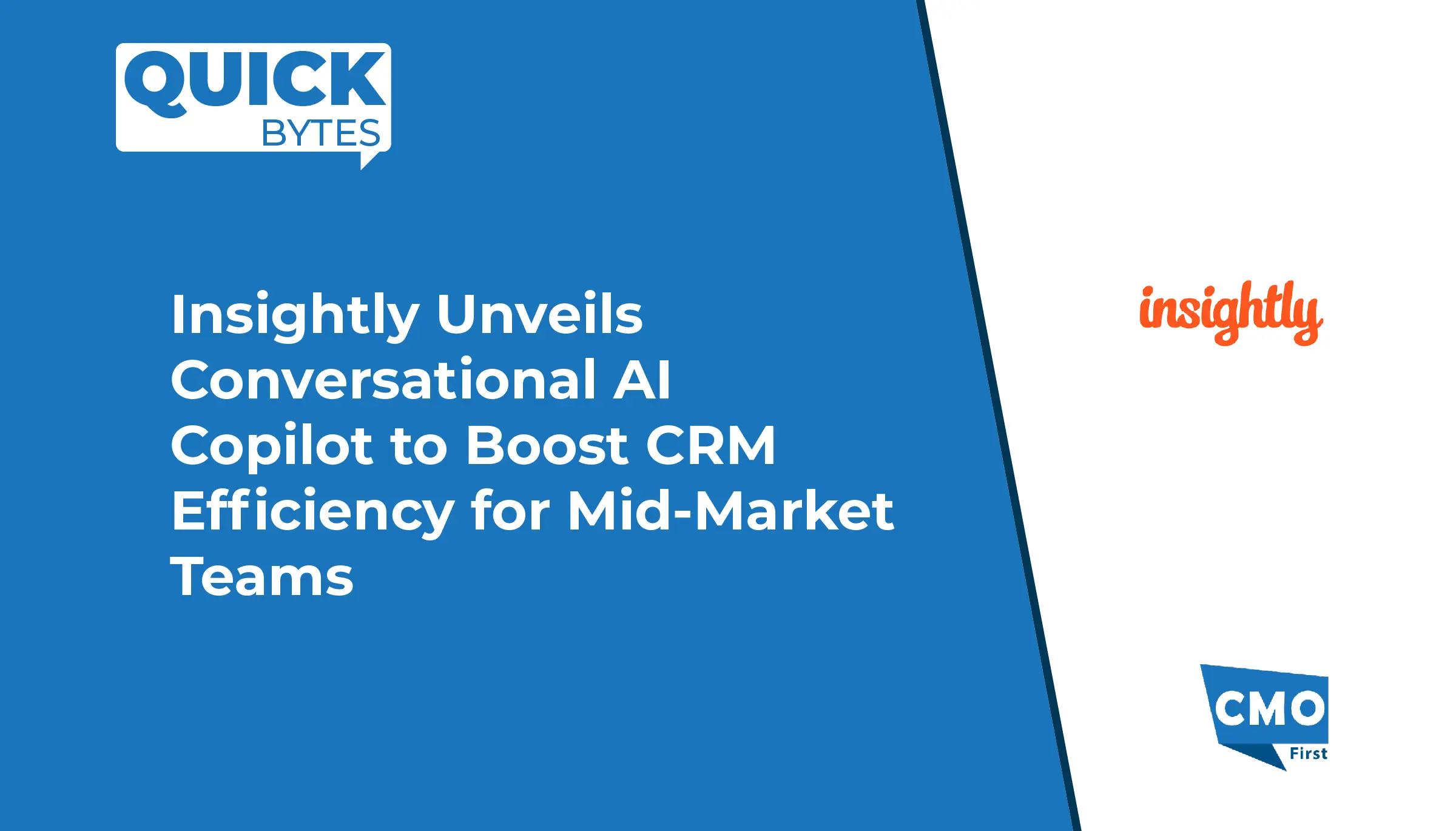

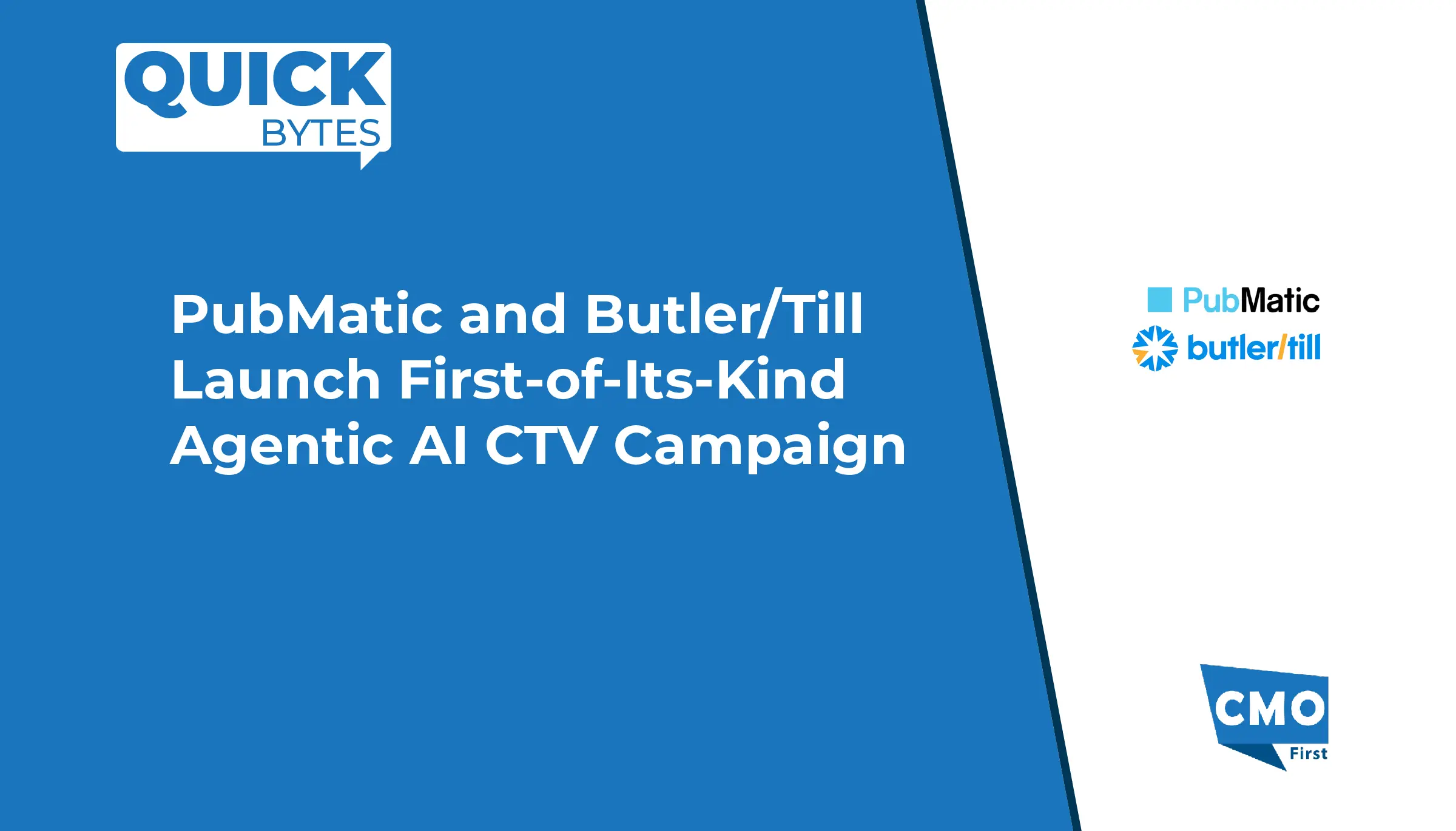





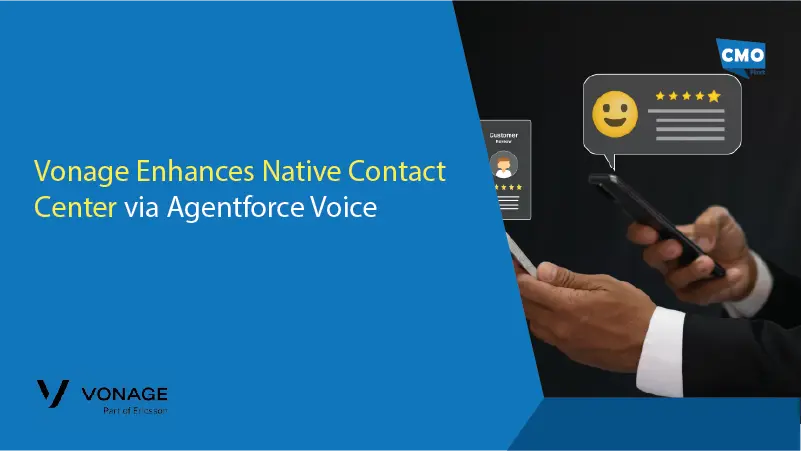

Leave a Reply